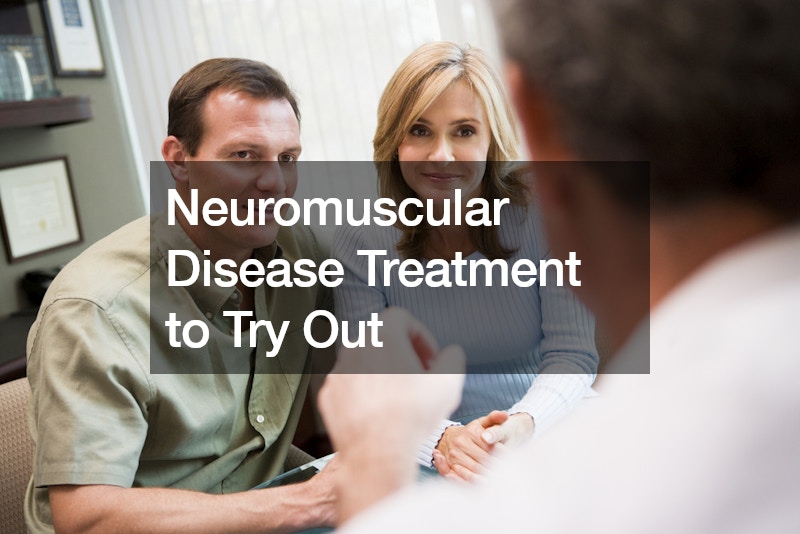Neuromuscular diseases encompass a wide range of conditions that affect the muscles and the nerves controlling them. These diseases can lead to muscle weakness, wasting, and impaired function. While there is no cure for many neuromuscular diseases, various treatments can help manage symptoms, improve quality of life, and slow disease progression. Here are some neuromuscular disease treatment options to consider:
1. Medications
Several medications are available to help manage the symptoms of neuromuscular diseases:
Corticosteroids: These are often prescribed for conditions like Duchenne muscular dystrophy to help slow muscle degeneration and improve strength.
Immunosuppressants: Drugs like azathioprine and methotrexate can help in autoimmune neuromuscular diseases such as myasthenia gravis by reducing the immune system’s attack on the nervous system.
Anticonvulsants and Pain Relievers: These can help manage symptoms such as muscle spasms, cramps, and neuropathic pain.
2. Physical Therapy
Physical therapy is a cornerstone in the management of neuromuscular diseases. It helps maintain muscle strength and flexibility, prevent contractures, and improve mobility. Physical therapists design personalized exercise programs tailored to the patient’s specific condition and abilities, which can significantly enhance daily functioning and quality of life.
3. Occupational Therapy
Occupational therapy focuses on helping patients maintain independence in daily activities. Therapists teach techniques and recommend adaptive equipment to assist with tasks such as dressing, eating, and bathing. This form of therapy is crucial in maintaining a sense of autonomy and improving the overall quality of life for individuals with neuromuscular diseases.
4. Respiratory Therapy
Many neuromuscular diseases can affect the muscles involved in breathing, leading to respiratory complications. Respiratory therapy includes techniques and exercises to strengthen breathing muscles, as well as the use of ventilatory support such as BiPAP machines. This therapy is essential for preventing respiratory failure and maintaining adequate oxygen levels.
5. Speech and Swallowing Therapy
Conditions like amyotrophic lateral sclerosis (ALS) and myasthenia gravis can impact the muscles involved in speaking and swallowing. Speech and swallowing therapists work with patients to improve communication abilities and swallowing safety, reducing the risk of aspiration and improving nutritional intake.
6. Nutritional Support
Proper nutrition plays a vital role in managing neuromuscular diseases. A dietitian can help design a nutrition plan that addresses specific needs, such as maintaining muscle mass, managing weight, and preventing malnutrition. In some cases, dietary supplements or feeding tubes may be necessary.
7. Assistive Devices
Various assistive devices can enhance mobility and independence for individuals with neuromuscular diseases. These include braces, walkers, wheelchairs, and specialized computer interfaces. The right assistive technology can significantly improve the ability to perform daily tasks and participate in activities.
8. Experimental Treatments
Research is ongoing to find new treatments for neuromuscular diseases. Clinical trials for gene therapy, stem cell therapy, and new pharmacological treatments offer hope for future advancements. Patients may consider participating in clinical trials to access cutting-edge therapies under medical supervision.
.
